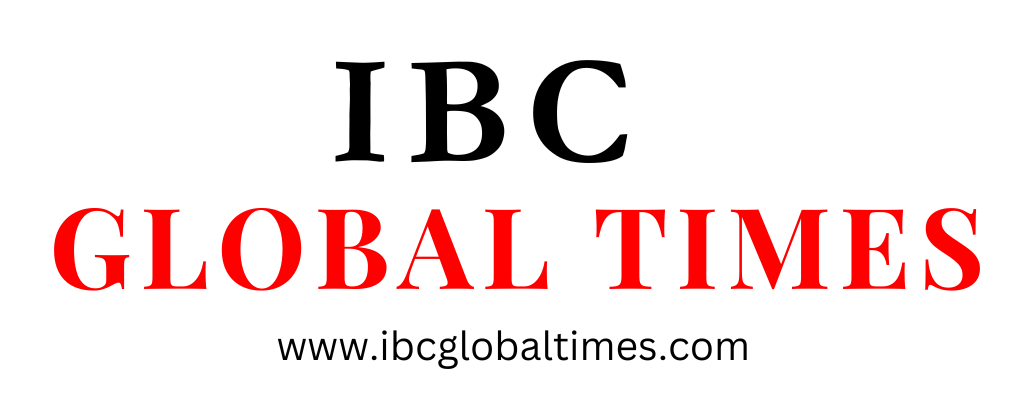Tensions have arisen in Bengaluru’s ST Bed Layout neighborhood as residents express their discontent with recent changes to the ward division that have left them frustrated and concerned. The alterations to the ward boundaries, which are intended to improve administrative efficiency, have led to a range of grievances from the local community.
The ST Bed Layout area, known for its vibrant residential community and amenities, has traditionally fallen under specific municipal ward divisions that have facilitated governance and local representation. However, recent adjustments to these divisions have resulted in a redistribution of the area into different wards, a move that has sparked a wave of disapproval from residents.
Local residents have voiced concerns about the potential impact of the ward division changes on essential services, infrastructure development, and representation. Many feel that the alterations could lead to fragmented administration and difficulties in addressing community-specific issues effectively.
Several community leaders have spoken out against the changes, highlighting the importance of maintaining a coherent administrative structure that ensures streamlined governance and responsive decision-making. Residents have called for increased transparency and communication from local authorities regarding the rationale behind the ward division adjustments.
Bengaluru city officials have acknowledged the concerns raised by the ST Bed Layout residents and have assured them that the changes were made with the intention of optimizing municipal operations. They have emphasized that the goal is to enhance service delivery and improve overall urban management.
As the situation unfolds, community members are engaging in dialogues with municipal representatives to address their concerns and seek clarity on the implications of the new ward divisions. The local authorities have expressed willingness to consider residents’ feedback and work towards solutions that balance administrative efficiency with the needs and preferences of the community.
This incident underscores the delicate balance that local administrations must strike between implementing administrative changes for efficiency and addressing the concerns of residents who feel attached to their existing local governance structures. As cities like Bengaluru continue to grow and evolve, the importance of inclusive decision-making and open communication becomes ever more evident in ensuring the well-being and satisfaction of the local population.









